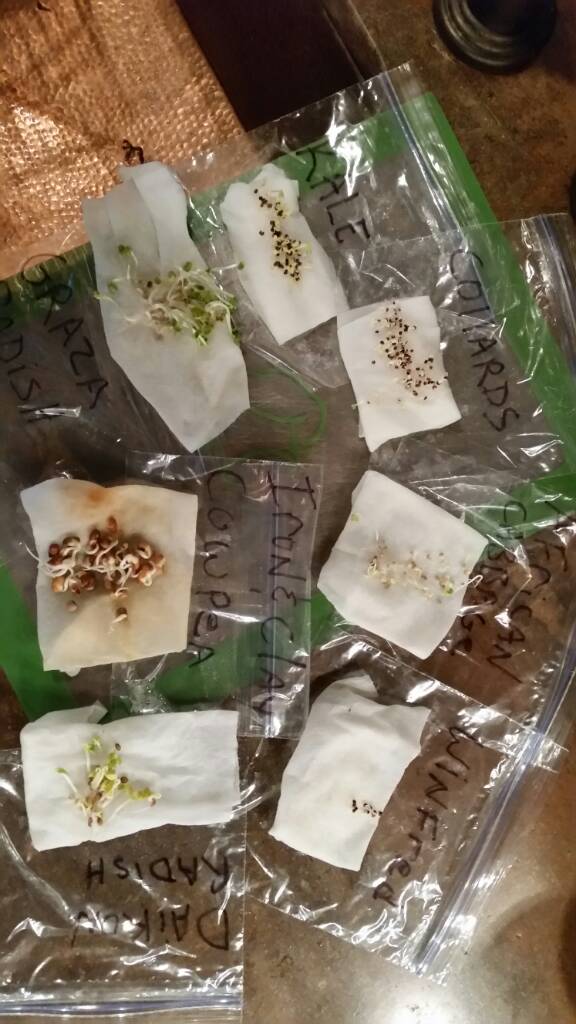I guess my question was more aimed at seeding rates, because Mo brought up seed lightly to get more yield (basically). My deer love the plants from the start of germination. My first year planting radish, and turnips I seeded lightly, and the deer ate them to the ground, and nothing grew. So the following 2 years I seeded heavily, but at the cost of not getting large bulbs, or tubers, but deer were in there thick just the same. I would say the average bulb was golf ball size, and tubers carrot size. The deer hammered them since they germinated, and right up until I had a foot of snow. Then they must have wintered elsewhere, or my cameras are not catching them anymore, which is all together possible. Do deer prefer large older bulbs? Or young smaller bulbs, in your experience?
I tried to reword to not have it as a loaded question.


